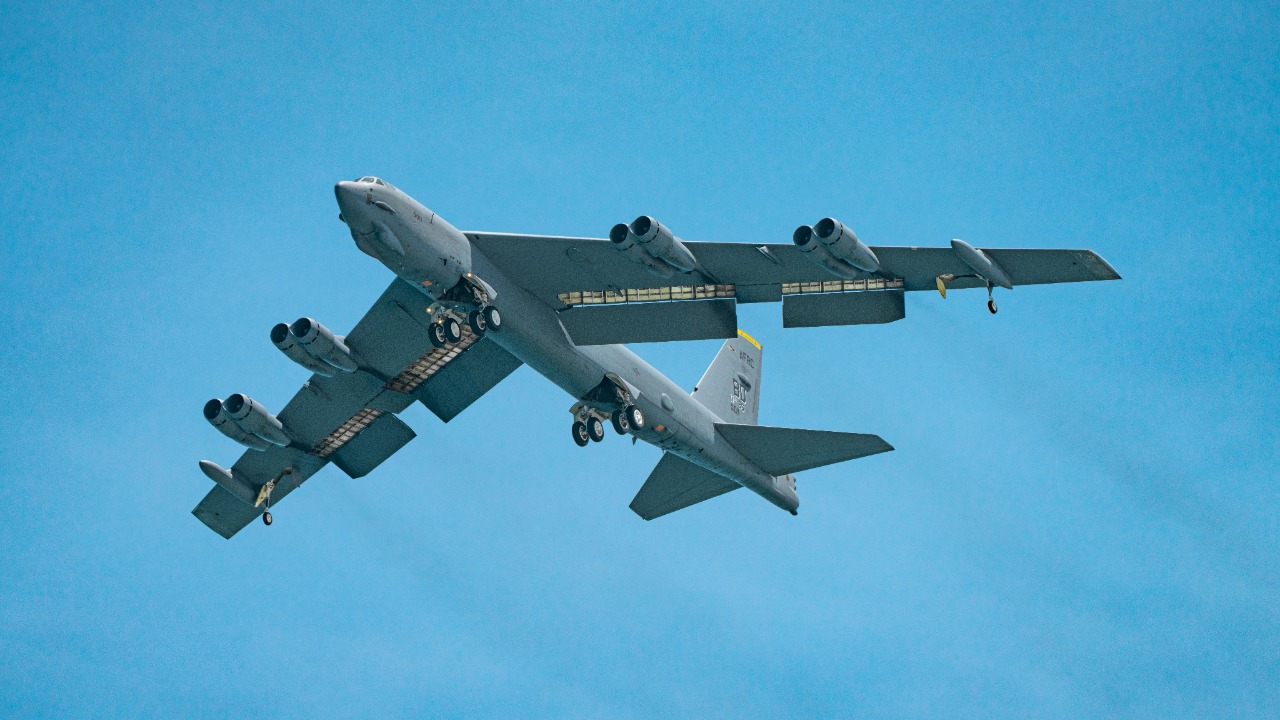
The Boeing B-52 Stratofortress, a long-range strategic bomber, first took to the skies in the 1950s and has since become a symbol of enduring military excellence. Despite its age, the B-52 is set to continue its service well into the 21st century, thanks to ongoing upgrades and its unmatched capabilities. The B-52 will never retire, remaining a vital component of the United States Air Force.
The B-52’s Proven Track Record
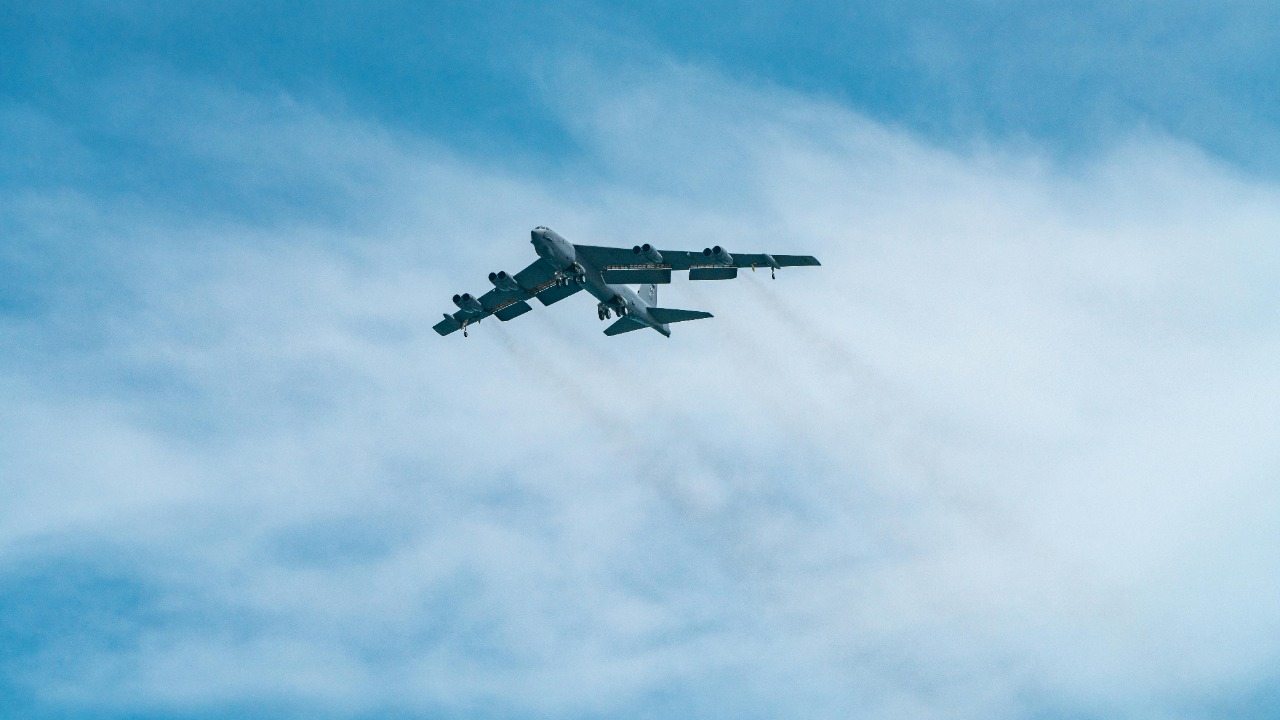
The B-52’s historical significance is undeniable. Since its inception, the aircraft has played a critical role in numerous major conflicts, earning a reputation as a reliable workhorse. From the Vietnam War to the Gulf War, the B-52 has demonstrated its strategic importance and versatility. Its ability to carry a wide range of payloads and adapt to various mission requirements has cemented its place in military history.
One of the B-52’s most remarkable qualities is its versatility. Whether it’s serving as a key player in nuclear deterrence, engaging in conventional warfare, or participating in humanitarian missions, the B-52 has proven its adaptability time and again. Its robust design and engineering have allowed it to remain operational for decades, capable of evolving to meet the demands of modern conflicts.
Technological Upgrades and Advancements
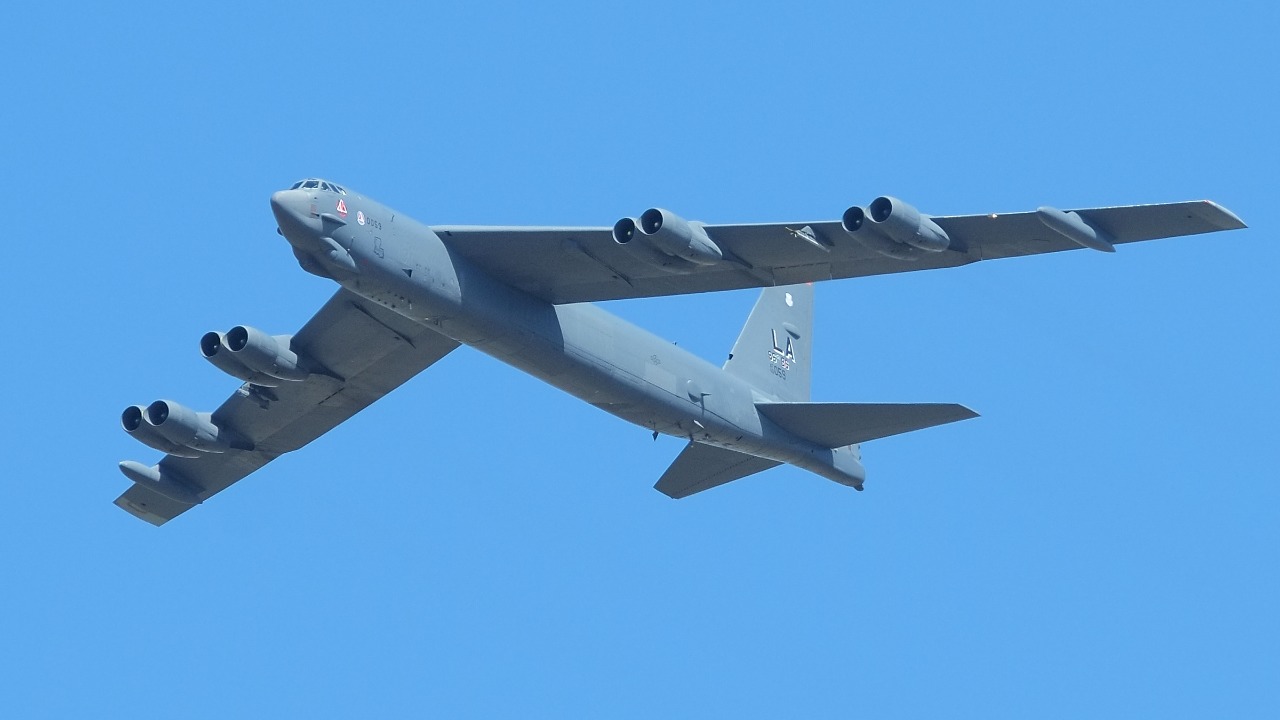
To maintain its competitive edge, the B-52 undergoes continuous technological upgrades. Engine and avionics modernization are at the forefront of these improvements. New engines not only enhance fuel efficiency but also extend the aircraft’s range and performance. Advanced avionics systems ensure that the B-52 remains a formidable force in the skies.
In addition to engine and avionics upgrades, the B-52 is equipped with modern weaponry, including the latest precision-guided munitions and electronic warfare systems. These enhancements enable the aircraft to effectively counter emerging threats and maintain its relevance in contemporary warfare. Enhanced communication systems further bolster the B-52’s capabilities, allowing it to integrate seamlessly with modern military operations.
Cost-Effectiveness and Economic Considerations

When it comes to cost-effectiveness, the B-52 presents a compelling case. The financial implications of developing new bombers are significant, whereas upgrading existing B-52s is a more economical option. Extensive maintenance and logistics infrastructure already supports the B-52, making its continued operation economically viable.
The impact on defense budgets is another crucial factor. The strategic allocation of funds within the military budget ensures that resources are utilized efficiently. By investing in the B-52’s upgrades and maintenance, the military can allocate funds to other critical areas while maintaining a powerful and reliable bomber fleet.
Strategic and Tactical Advantages
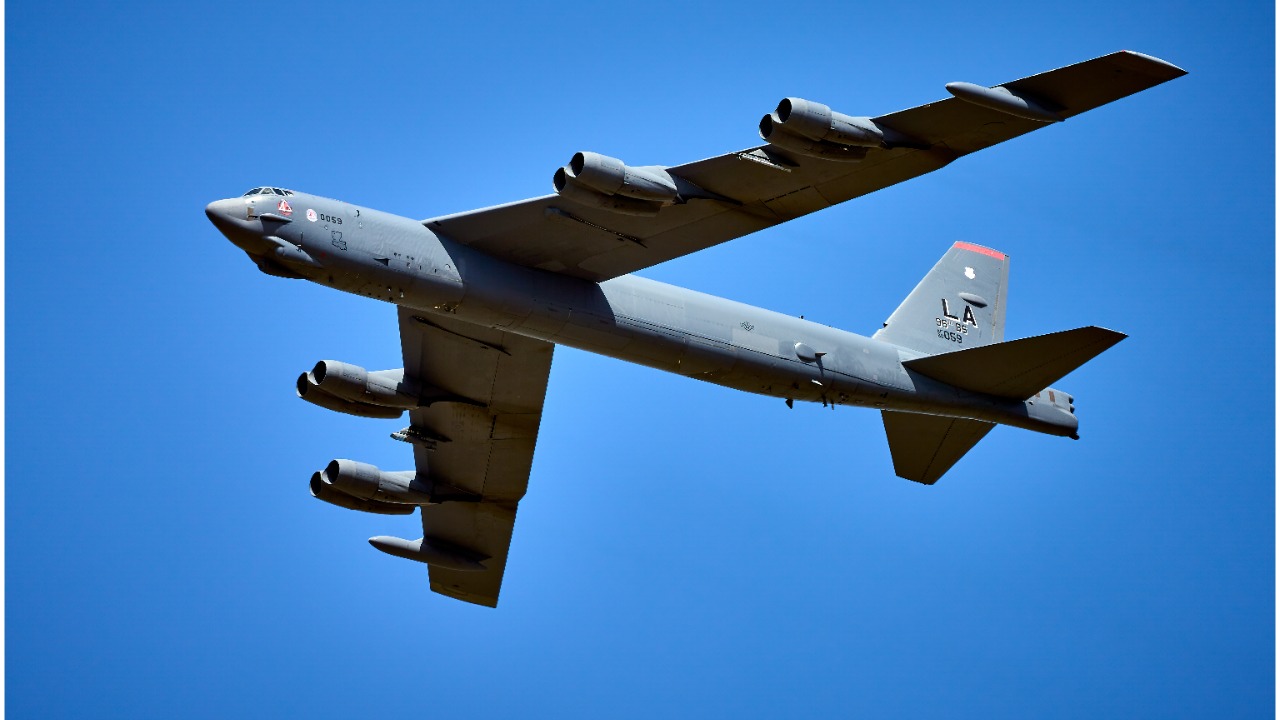
The B-52’s global reach is one of its most significant strategic advantages. Its long-range capabilities allow it to project power across the globe, serving as a powerful deterrent to potential adversaries. The B-52’s ability to operate in diverse environments makes it a versatile asset in the face of changing threats.
Adaptability is key to the B-52’s continued relevance. As new threats emerge, the aircraft’s ability to evolve ensures its role in modern warfare scenarios. The psychological and political influence of the B-52 cannot be understated. As a tool of diplomacy and deterrence, it plays a vital role on the global stage, symbolizing American military strength and resolve.
Cultural and Historical Significance
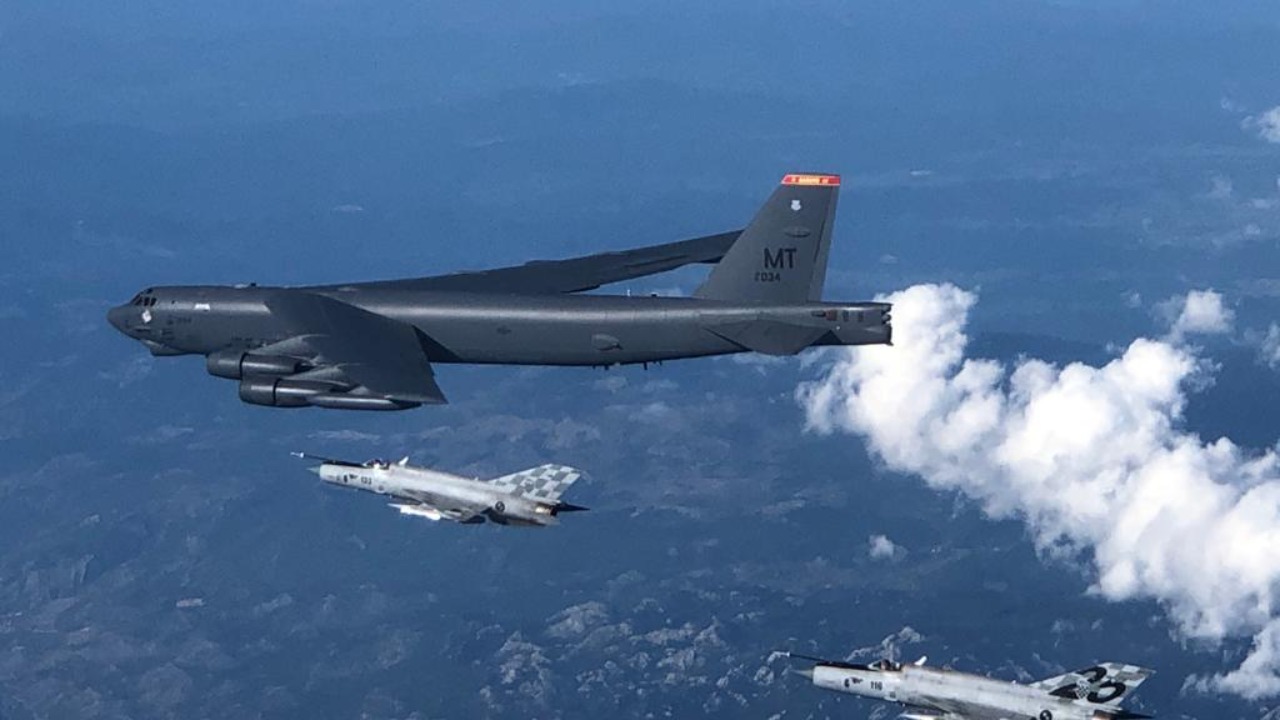
The B-52 has achieved iconic status, becoming an enduring symbol of American military strength and innovation. Its public perception as a symbol of resilience and power is well-established, contributing to its cultural significance. The bond between the aircraft and those who have served with it is profound, as evidenced by numerous veteran reunions and commemorative events.
Efforts to preserve the B-52’s history and legacy are evident in museums and historical exhibits across the country. These initiatives aim to honor the aircraft’s contributions and ensure that future generations understand its role in shaping military history. The B-52’s legacy continues to inspire and connect with those who appreciate its place in the annals of aviation.